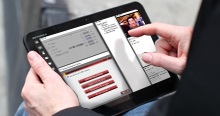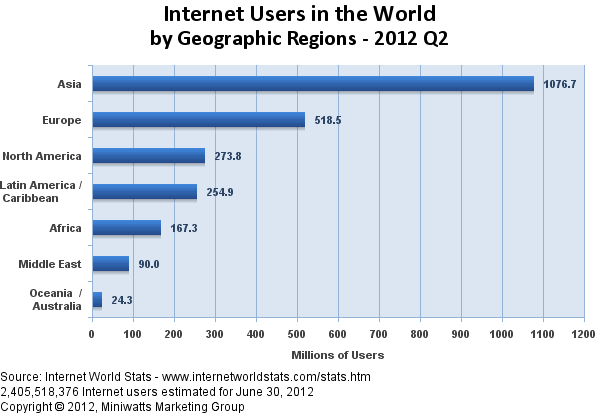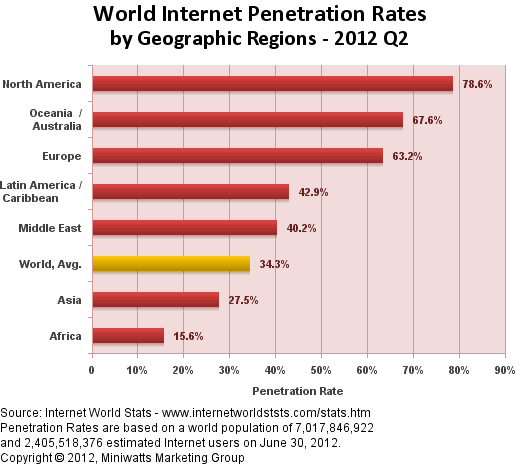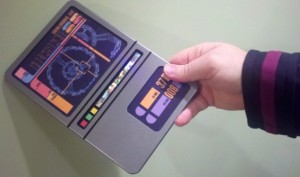Current Theories Impacting Mobile Learning
by Mark Sivy
In 1999, the US National Research Council research efforts led to the conclusion that effective learning processes are:
- Learner-centered, building on the skills and knowledge of students, enabling them to reason from their own experience;
- Knowledge-centered, using a curriculum based on a sound foundation of validated knowledge that is taught efficiently through the creative use of concepts and methods;
- Assessment-centered, ensuring instruction that matches the ability of the learners and offering diagnosis and formative guidance that builds on success; and
- Community-centered, placing learners within a mutually supportive community, sharing knowledge and supporting less capable students.
Mobile Learning Characteristics
In today’s mobile environment, these “centricities” can be addressed by ensuring that learning blends being:
- Personalized
- Ubiquitous
- Distributed
- Validated
- On-demand
- Networked (social)
- Informal
- Lifelong
This translates into the notion that the development of mobile learning content and selection of technology be focused by the needs, flexibilities, and desires of the learner.
Some Theories
Given this framework, there are several current theories that can be applied or adapted to the production of mobile learning. The focus here is to present a selection of these that provide a solid footing in the design and delivery of mobile learning:
- Personal Constructivism – learning is an active process in which learners construct new idea or concepts based on their experience and knowledge.
- Situated Learning – a process of unintentional and situated learning through activity, context, and social participation.
- Social Constructivism – a form of constructivist learning in social settings where learning takes place within a group setting through observation and collaboration.
- Problem-based Learning – interactively developed problem-solving skills that coincide with the on-demand acquisition of needed skills and knowledge.
Reflection Point – “With Knowledge on Demand, it’s easy for agents to access tools they can use to stay sharp professionally.” ~ Karen Barone
National Research Council. (1999). How People Learn: Brain, Mind, Experience, and School. Washington, DC: National Academy Press.






 UNESCO
UNESCO Mobile Learning Handbook
Mobile Learning Handbook











